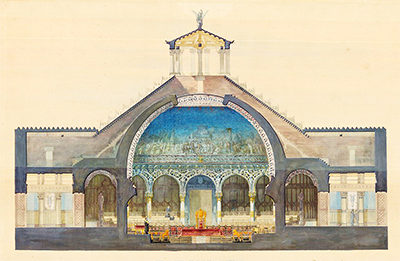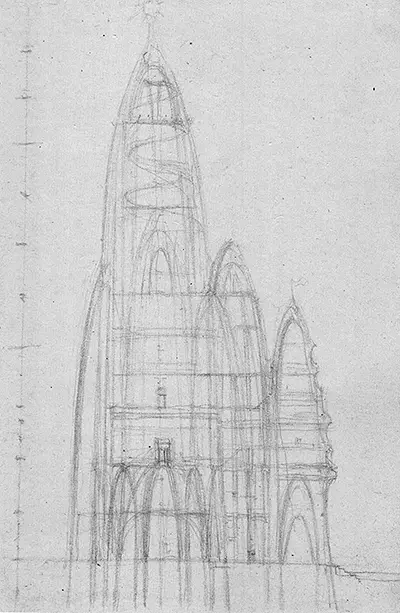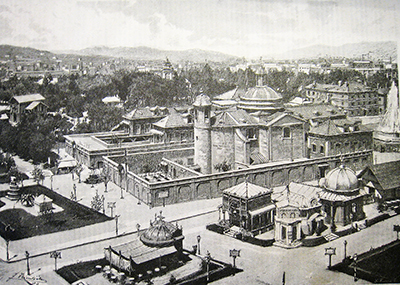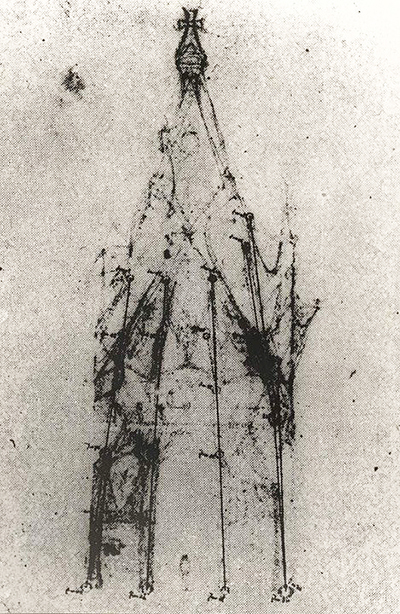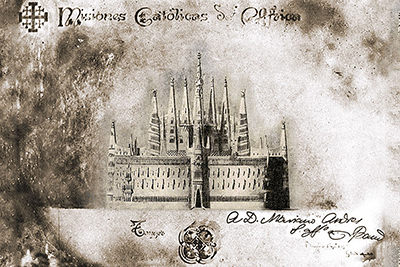Despite the tragic loss of many Gaudi drawings due to a workshop fire in 1936, there are still many artworks from his time as a draughtsman still in existence. This artistic discipline provided the backbone to everything else that he produced during his varied and extensive career.
Gaudi was an architect who liked his creations to grow organically and although his buildings would be drawn out at an early stage, there would be plenty of detail to be decided upon as the construction started to take shape. This would have created difficulties for those putting his designs into practice, but ultimately led to his finished pieces being as faithful to his own ideas and whims as possible. The huge cost associated with any building project has also meant that many of his original designs were never realised, but this is entirely normal for this discipline, and was also the case in the careers of other famous architects such as Filippo Brunelleschi, Michelangelo and Lorenzo Ghiberti. In other cases, budgetary constraints would lead to pragmatic alterations that the artist may not have ideally planned to do.
This famous Catalan would take on some demanding commissions which involved producing a large number of different items that would all need to fit stylistically by the end of the project. In order to achieve this he inevitably required the help of a number of skilled assistants, which meant his drawings were essential for guiding them in the right direction and avoiding a divergence from his original ideas. Over time they would begin to understand him, as well as anyone could, and second guess some of the creative processes in his mind. They would then require less supervision and he would also start to have a greater confidence in leaving them to work more autonomously. Gaudi was famously strong willied and stubborn, with a particular attention to detail which meant that is was essential that his assistants understood his demands and that they could implement them effectively and to the high standards that he required throughout his career.
His finely tuned skills as a draughtsman would have been developed considerably during his time at the School of Architecture in Barcelona. He had initially made the move to this city, with his brother, in order to pursue his dream of succeeding as an artist. He was unsure at that stage as to which area he would specialise in, but drawing was taught as a fundamental to almost any discipline. It was particularly essential to an architect and it was this route that he eventually took, though still with an interest in a number of other areas such as furniture, interior design and sculpture. There were different stages to his work as a draughtsman, sometimes offering simpler sketches of proposed structures in order to gain interest or acceptance for a potential project, or much more detailed plans at a later date, once finance was in place.
The earliest displays of potential from this artist was through various drawings that he produced in order to achieve enrollment into several educational institutions. At that young age it would be unrealistic to expect anyone to be knowledgeable in painting or sculpture, and this was a better way of quickly determining whether there was some talent available to the student that just needed nurturing. It was enough to get him accepted into the Piarists school in Reus, for example. He had learnt some elements to this discipline by studying various plans produced by his father which were related to his own work in the trade industry and although not particularly artistic, there were technical elements that he gleaned some knowledge from.



